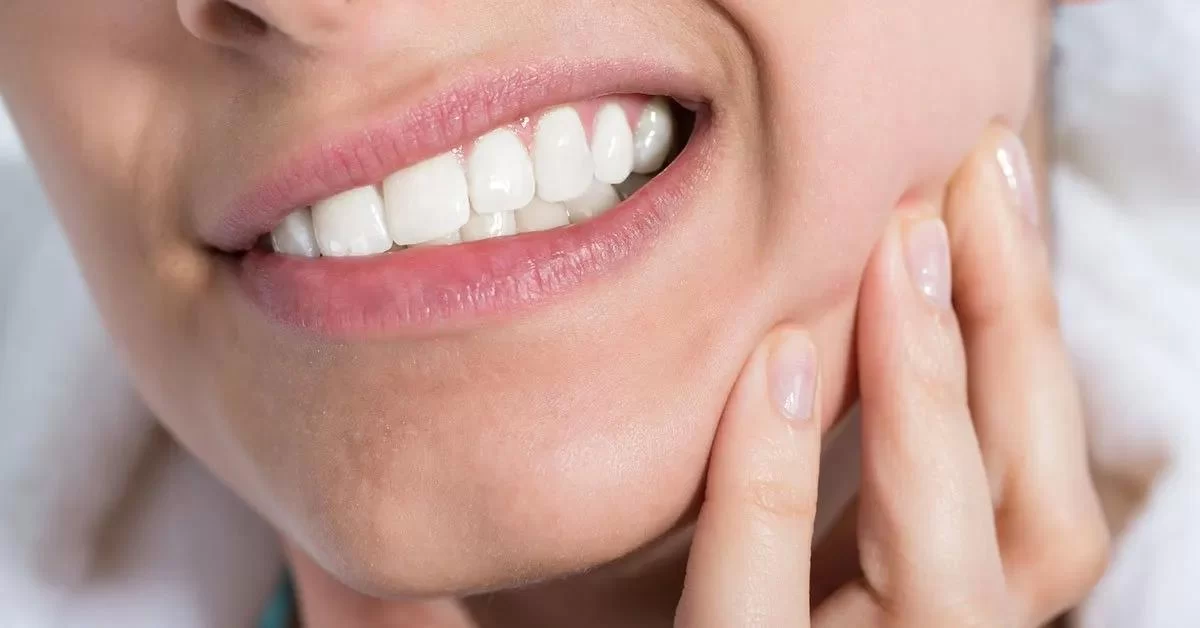
Essential Tooth Extraction Recovery Tips for a Smooth Healing Process
- Understanding the Tooth Extraction Process
- Immediate Post-Extraction Care
- Managing Pain and Discomfort After Extraction
- Maintaining Oral Hygiene During Recovery
- When to See a Dentist After Extraction
- Exploring Dental Care Products for Recovery
Understanding the Tooth Extraction Process
Tooth extraction is a common dental procedure where a tooth is removed from its socket. This is typically done for a variety of reasons, such as severe decay, infection, or crowding of teeth. Wisdom teeth extractions are especially common among young adults. While the procedure itself is straightforward, the recovery process is critical to avoid complications.
Knowing what to expect during and after the extraction can help you feel more prepared for the healing process. Your dentist or oral surgeon will provide you with specific aftercare instructions, which will be essential for ensuring a smooth recovery.
Immediate Post-Extraction Care
After a tooth extraction, your primary concern should be controlling bleeding and promoting proper clotting. Here are some essential tips for the immediate post-extraction care:
1. Bite on Gauze
Right after the extraction, your dentist will place a piece of gauze over the extraction site. Bite down gently to apply pressure and help stop the bleeding. Change the gauze every 30 to 45 minutes as needed, but make sure you don't disturb the clot that is forming.
2. Apply Ice Packs
To reduce swelling and discomfort, apply an ice pack to the outside of your cheek near the extraction site. Use the ice pack for 20 minutes on, 20 minutes off, during the first few hours after the extraction.
3. Rest and Avoid Physical Activity
It’s essential to rest after your procedure. Avoid any strenuous activities or bending over, as these can dislodge the blood clot and increase the risk of complications.
Managing Pain and Discomfort After Extraction
After the numbness wears off, it’s normal to experience some pain and discomfort at the extraction site. Here’s how to manage it:
1. Take Prescribed Painkillers
Your dentist will likely prescribe painkillers to help manage the discomfort. Take these medications exactly as prescribed, and don’t wait for the pain to get severe before taking them. If over-the-counter pain relievers like ibuprofen are sufficient, you can opt for those as well.
2. Use a Warm Saltwater Rinse
Once 24 hours have passed since your extraction, you can begin rinsing your mouth with warm saltwater to soothe the area and reduce the risk of infection. Mix one teaspoon of salt in a glass of warm water and gently swish it around the mouth. Avoid vigorous swishing, as this can dislodge the clot.
3. Stay Hydrated and Eat Soft Foods
Drinking plenty of water is crucial during your recovery. Be sure to avoid using a straw, as the suction can interfere with the healing process. Stick to soft foods like mashed potatoes, yogurt, and smoothies to avoid irritating the extraction site.
Maintaining Oral Hygiene During Recovery
Proper oral hygiene is essential during recovery to prevent infection and ensure the best healing outcome. However, you’ll need to adjust your routine to accommodate the healing process:
1. Brush Gently
While it’s essential to continue brushing your teeth, be gentle around the extraction site. Avoid brushing directly over the area for a few days. Use a soft-bristled toothbrush and continue to brush your other teeth as usual to maintain oral hygiene.
2. Avoid Smoking and Alcohol
Smoking and drinking alcohol can interfere with healing and increase the risk of complications like dry socket, a painful condition that occurs when the blood clot is dislodged. It’s best to avoid both during your recovery period.
When to See a Dentist After Extraction
Although most tooth extractions heal without any issues, it’s essential to monitor your recovery closely. If you notice any of the following, you should contact your dentist immediately:
1. Severe Pain or Swelling
Some discomfort is normal, but if the pain or swelling increases significantly, it could indicate an infection or other complication. Your dentist will help determine the cause and provide appropriate treatment.
2. Excessive Bleeding
If you experience heavy bleeding that doesn’t stop with pressure, contact your dentist. Prolonged bleeding can be a sign that the clot has dislodged or hasn’t formed properly.
Exploring Dental Care Products for Recovery
During your recovery, you may want to consider using specific dental care products that can help promote healing and protect your oral health:
1. Antibacterial Mouthwash
Using an alcohol-free, antibacterial mouthwash can help reduce the risk of infection. Look for products that are specifically designed for post-surgical recovery.
2. Toothbrush with Soft Bristles
A toothbrush with soft bristles can help you brush gently without irritating the extraction site. Consider investing in one to ensure that your oral hygiene routine remains effective while protecting your healing gums.
For a more personalized approach, check out professional dental care products available from reputable brands like Dentistry Toothtruth. These products can help you maintain your oral health during recovery. Explore their latest offerings here to learn more.







 Dr. Yuri Grishko, DDS4.0 (30 review)
Dr. Yuri Grishko, DDS4.0 (30 review) Summit Dental Care4.0 (124 review)
Summit Dental Care4.0 (124 review) Clemente Orthodontics of Ridgewood4.0 (350 review)
Clemente Orthodontics of Ridgewood4.0 (350 review) Donald C. Bogert, Jr., DMD PA/ Riverdale NJ Dentist5.0 (1 review)
Donald C. Bogert, Jr., DMD PA/ Riverdale NJ Dentist5.0 (1 review) Universal Dental Implant Center4.0 (11 review)
Universal Dental Implant Center4.0 (11 review) Affordable Dental at Flamingo & Sandhill4.0 (421 review)
Affordable Dental at Flamingo & Sandhill4.0 (421 review) The Importance of Oral Health Education During Pregnancy for a Healthy Pregnancy
The Importance of Oral Health Education During Pregnancy for a Healthy Pregnancy Best Tips for Brushing Your Teeth Properly for Healthy Gums: Essential Techniques for Oral Health
Best Tips for Brushing Your Teeth Properly for Healthy Gums: Essential Techniques for Oral Health Why Skipping Dental Checkups Can Lead to Bigger Oral Health Problems
Why Skipping Dental Checkups Can Lead to Bigger Oral Health Problems Advantages of Porcelain Dental Restorations
Advantages of Porcelain Dental Restorations How Can Diabetes Cause Tooth and Gum Problems? Preventing and Managing Oral Health Issues
How Can Diabetes Cause Tooth and Gum Problems? Preventing and Managing Oral Health Issues Healthy Habits for Promoting Good Oral Health and Hygiene: Tips for a Healthy Smile
Healthy Habits for Promoting Good Oral Health and Hygiene: Tips for a Healthy Smile